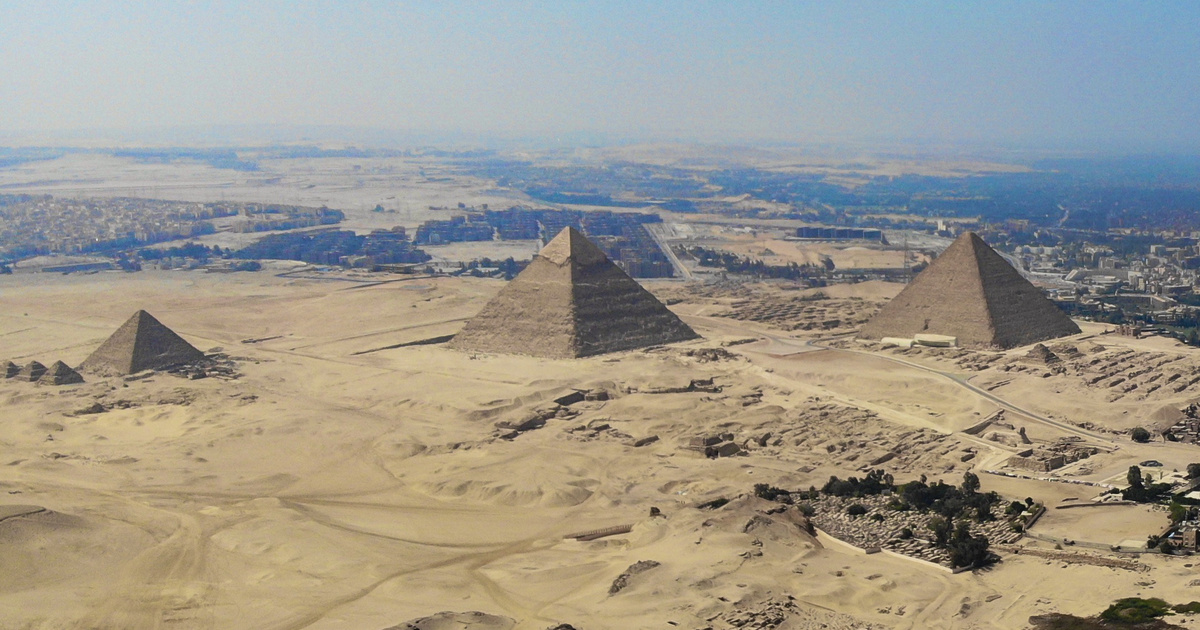In one of the three pyramids of Giza, the Hofu is a mysterious cavity that no one has seen before. However, the scientists realized that they were mapping out the secret room. Muons, these particles born high in Earth’s atmosphere, are able to penetrate the pyramids (too), making the invisible visible.
Muons form in Earth’s upper atmosphere during cosmic ray collisions, when high-energy particles from space collide with Earth’s atmosphere.
When the particle was first recorded, physicists didn’t understand what it could serve. Electrons play at least an important role in atoms, but why are there heavier muons?
Useful little particles
Muons have proven to be ideal for photographing the interiors of large objects. They weigh about 207 times the weight of electrons. This extra weight allows them to pass through thicker rocks. When this happens, they lose energy in a number of ways, such as colliding with electrons and tearing them from their atoms. With this energy loss, the muons will slow down or even stop. Measuring the number of particles that are absorbed as they pass through a structure can reveal an object’s density and reveal hidden holes in it.
The first use of muons occurred in the 1960s, when physicist Luis Alvarez and his colleagues used detectors at Khafre’s pyramid to detect muons.
Its essence is that the chambers are filled with gas and metal plates under high voltage, through which a charged particle leaves a spark. Since then, the detectors have been further developed and there is also a plastic chassis that can be operated with a laptop, which emits light when the muon passes through it. Moreover, there is a detector called nuclear emulsion film that captures traces of particles on a special photographic film.
More volcanoes
Some researchers are using a technique called myography to map the interior of volcanoes. They also used to study Mount Vesuvius and found interesting differences in the density of the rocks. As minute details of the volcano’s internal structure have been revealed, volcanic eruptions and landslides can even be predicted.
What is the use of muons, too? The Silent Borders project, funded by the European Union, aims to detect dangerous contraband at customs checkpoints without having to check all vehicles. For this, small particles fit perfectly, because when they pass through a substance, some of them are absorbed, and some are scattered and change direction. The detectors allow scientists to monitor how the muon’s orbit changes as it passes through the body. Since it tends to disperse at larger angles in heavier materials, this technology can thwart even smuggling of raw materials for nuclear weapons (such as high-density uranium).
(Cover image: Pyramids of Giza in Egypt. Photo: Farid Qutb/Tahaluf Images/Getty Images)












































